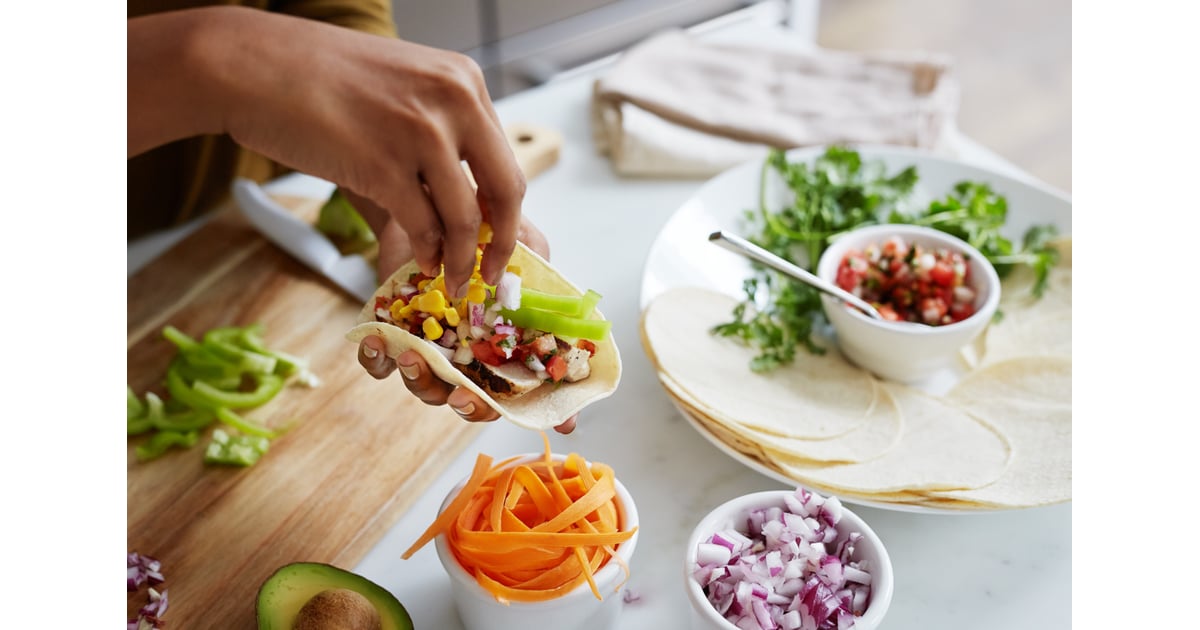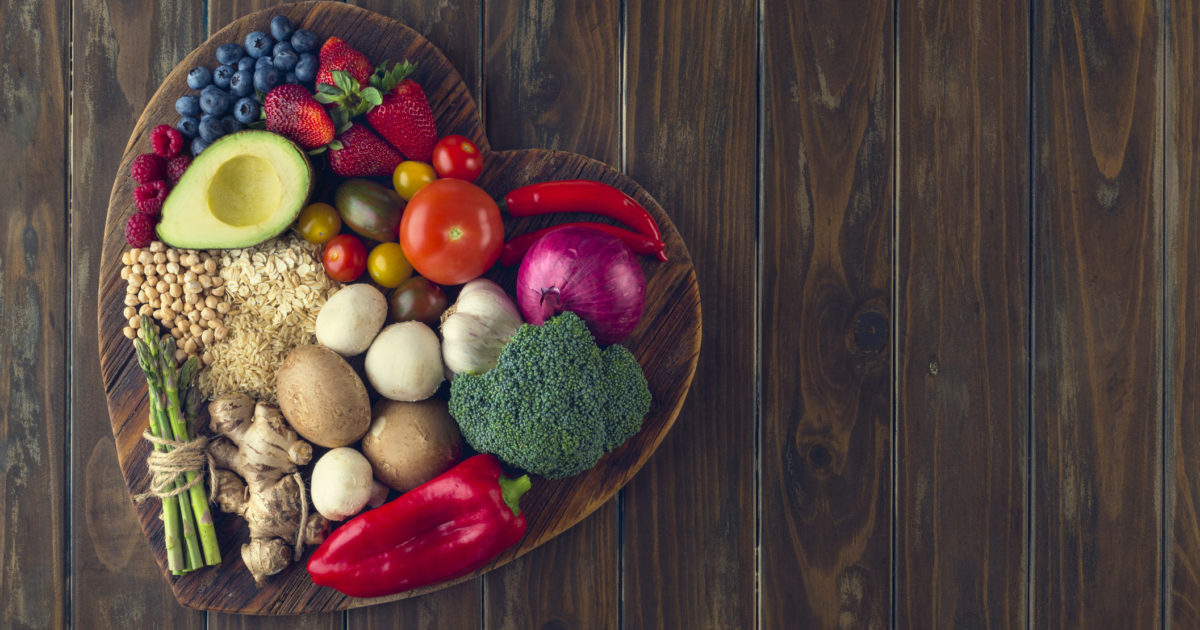Guide To The HCG Diet
Phases of the Diet

The HCG diet protocol is laid out in three phases. The first is the loading phase, where the patient receives HCG injections coupled with eating plentiful high-fat, high-calorie foods but only for the first two days. The second is the weight loss phase, where the patient continues to receive HCG injections but is limited to two 250 calorie meals, lunch, and dinner, every day for three to six weeks. For those seeking minimal weight reduction, three weeks should be enough. Those looking to achieve significant weight loss can go the full six weeks. The third and last phase is maintenance, where the HCG is stopped altogether, and food intake is gradually increased while still avoiding sugars and starches for the following three weeks.
The phases of the diet are repeatable. However, it is recommended that you stop using HCG once you have reached your goal or if it is not working for you. It should only be used for a maximum of two to three months with a break in between if you plan to repeat the diet phases.
Foods Allowed on the Diet

The HCG diet substantially limits your caloric intake to no more than 500 per day after the first two days of high-calorie foods. It is basically outlined to cover two meals a day, skipping breakfast. Most of your calories will come from the recommended protein sources in the 3.5-ounces of lean, fat-free meat or fish such as chicken, egg whites, extra-lean ground beef, buffalo, white fish, shrimp, scallops, or lobster.
You are allowed limited fruit such as oranges, lemons, apples, blueberries, strawberries, raspberries, and red grapefruit. Non-starchy vegetables such as celery, cauliflower, fennel, spinach, chard, beet greens, broccoli, asparagus, red radishes, lettuce, cabbage, cucumbers, tomatoes, shallots, and onions are acceptable. The main menu item can be a lump of lean meat or fish such as chicken, egg whites, extra-lean beef, buffalo, white fish, shrimp, scallops, crab, and lobster.
Other foods allowed on a diet include a single piece of Melba toast or a single breadstick for the carbohydrate. These are both low in sodium, fat, cholesterol, and calories. Acceptable seasonings include salt and pepper, parsley, sweet basil, and mustard powder. Oils and butter are off-limit, as are oily fish such as salmon, herring, tuna dried, or pickled fish.
